When Art Sparks Change
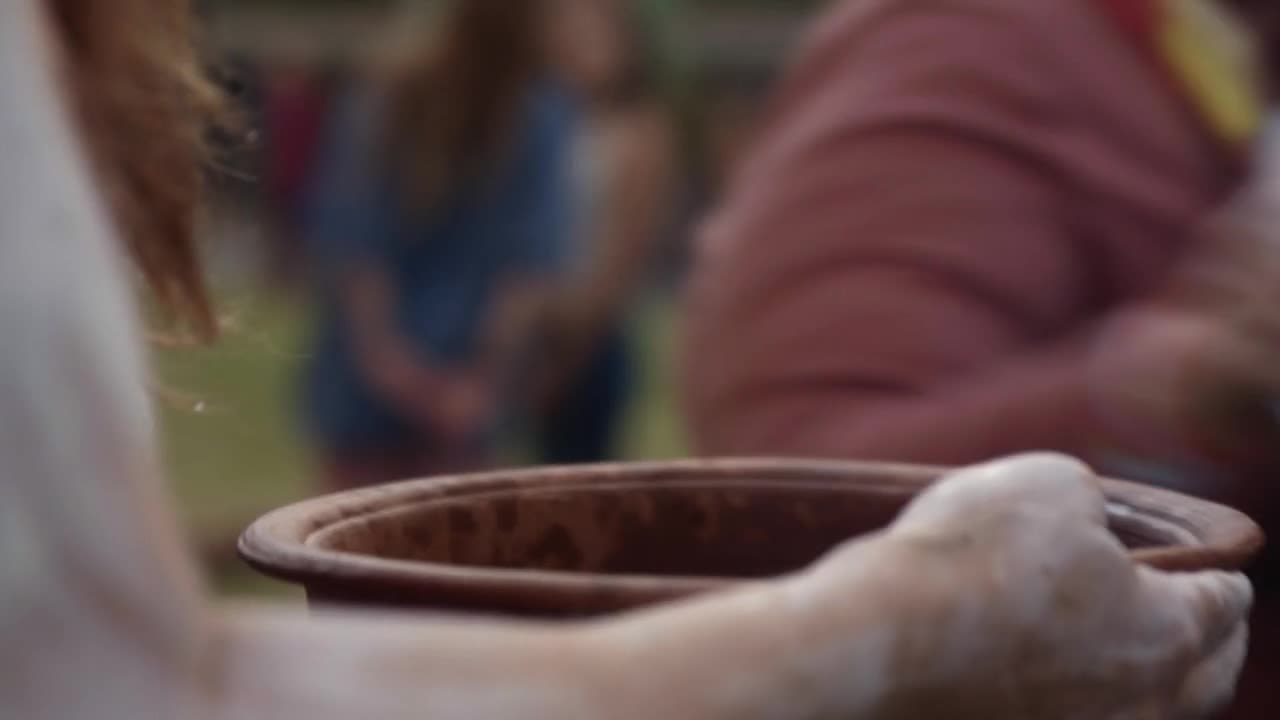
All around Australia, artists are sparking social change, working with communities to tell their stories, tackle big issues and create common ground.
Community Arts and Cultural Development (CACD) is a specialist art form, where professional artist facilitators work with communities to co-create projects with purpose.
Here, you can read the stories of local CACD artists and their projects.
As Australia grapples with a 'civic crisis', their work has never been more needed.
UNESCO says that culture is an under-utilised resource for building social cohesion, with 'a high capacity to stimulate effective engagement of local communities across all generations in public life.'
In 2023, social cohesion in Australia was the lowest it’s been since measurement began in 2007, according to the Scanlon Institute’s Social Cohesion Index.
The Australian Government is aware that the country is facing a crisis in terms of civic engagement.
"We've seen a collapse in the number of people volunteering and a decline in the share of people who are donating to charities. Compared with the mid-1980s, Australians have half as many close friends, and know half as many of their neighbours. We have become more disconnected."
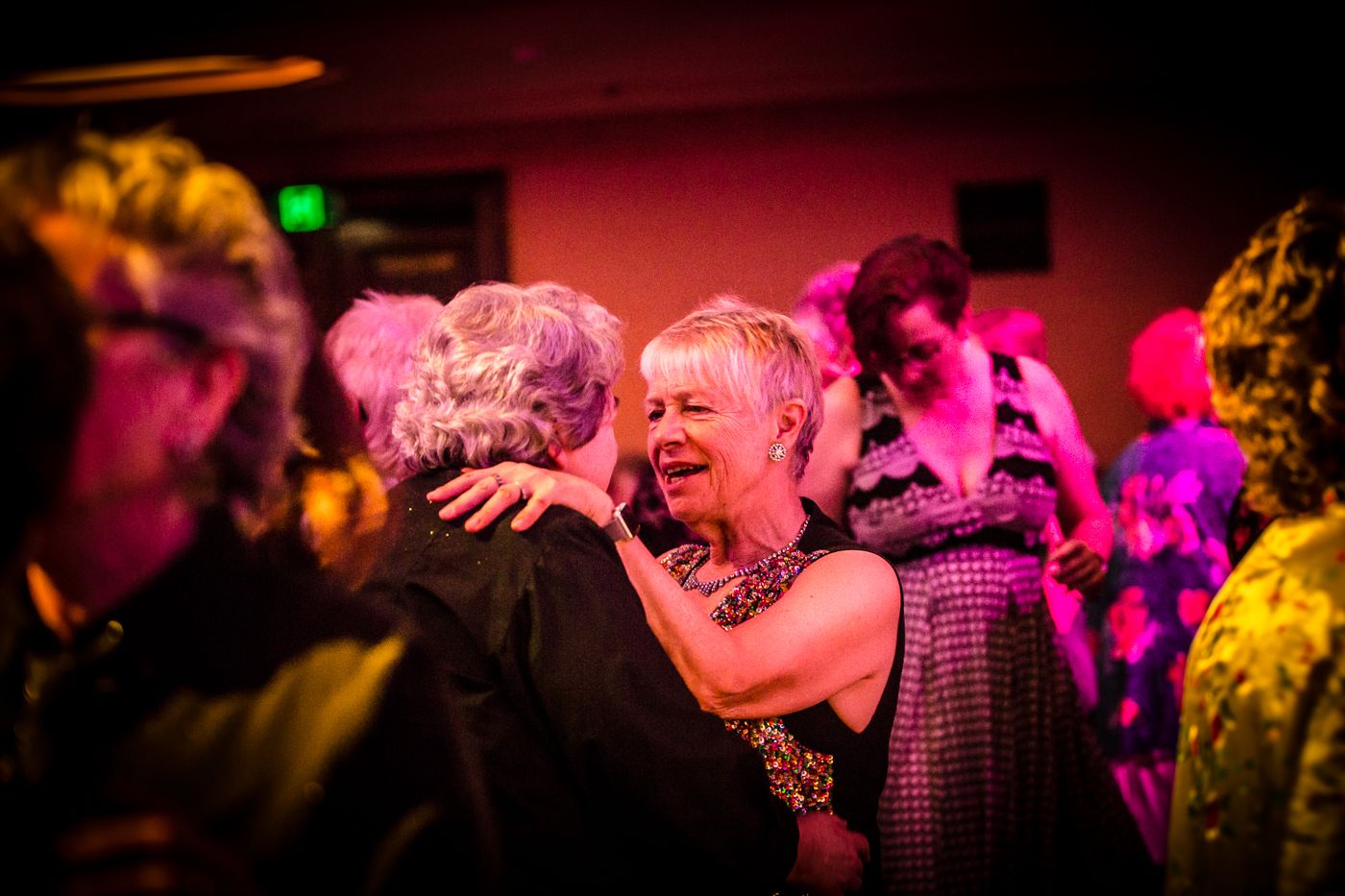
Engaging in arts, culture and creativity are shown to have powerful social and emotional effects.
One study by the University of Western Australia found that people engaging with arts and creative activities for two or more hours a week had significantly better wellbeing, after controlling for a range of other behavioural and demographic factors.
Creative arts practices can also help alleviate social challenges by addressing disadvantages and bringing people together.
According to Creative Australia’s Towards Equity report, CACD is ‘a specific type of socially engaged arts practice where, as a group, community members and professional artists collaborate to create art that is reflective of that place and community.'
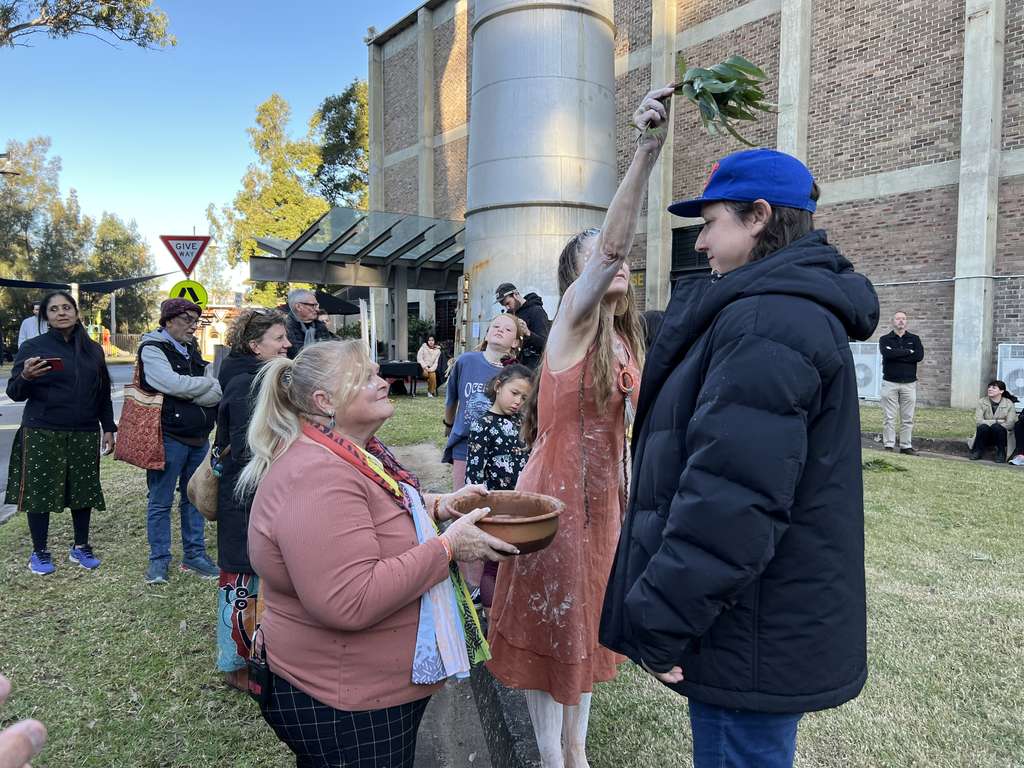
"Art is powerful. It can change things: perspectives, politics, people. Humans have an inherent need to be creative, to express themselves beyond the practical; we have an inherent right to be creative."
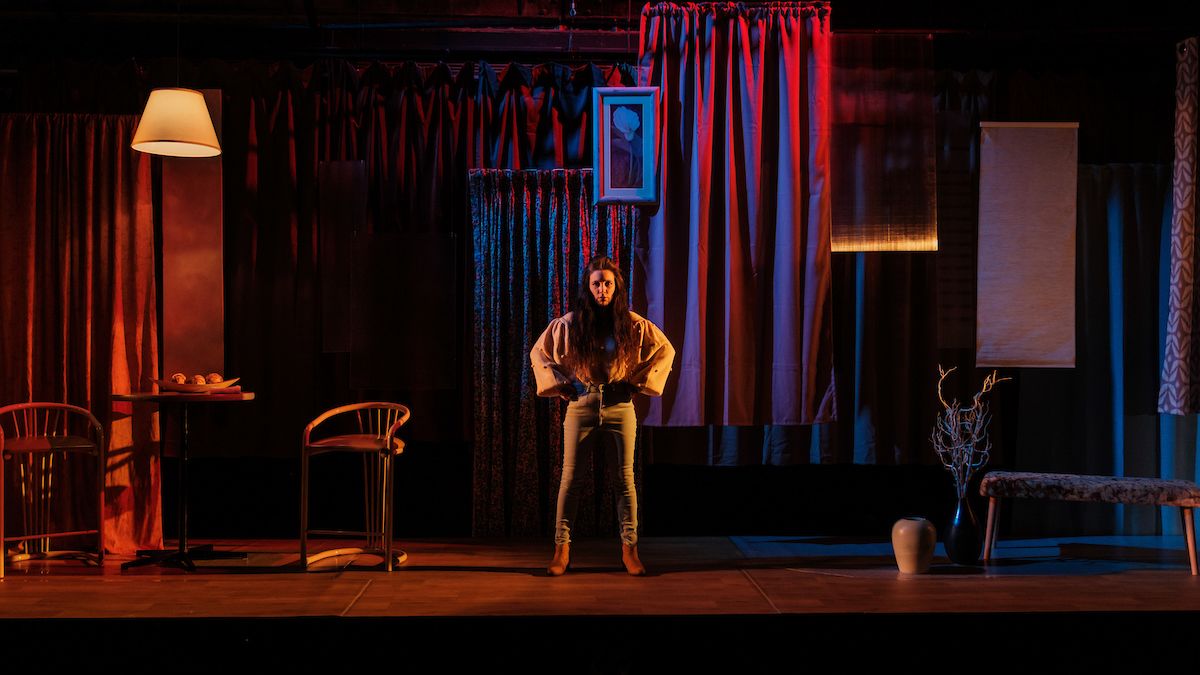
CACD was pioneered in the 1960s and 1970s during a period of social upheaval, and it remains distinct from other art forms, guided by the principle of cultural democracy.
Author of ‘A Restless Art’, François Matarasso, describes community art as ‘the creation of art as a human right, by professional and non-professional artists, co-operating as equals, for purposes and to standards they set together, and whose processes, products and outcomes cannot be known in advance.’
In 2016, 14% of Australians were involved in CACD activities, which actively engaged community members in decision-making and the co-creation of art with professional artists (National Arts Participation Survey, Creative Australia).
Participation rates in CACD were higher among people in regional Australia (13%) that year, along with Australians aged 15 to 24 years (28%), those with disability (31%), those from CALD backgrounds (26%); and First Nations people (55%).
These strong engagement figures show that the CACD sector is a leader in the use of the arts to support social inclusion and cohesion, enabling diverse voices to be heard and stories to be shared through creating art. However, of all the surveyed artforms, Australians had a particularly limited understanding of the benefits of CACD. In 2022, after two years of the pandemic, participation had fallen to 9% of Australians.
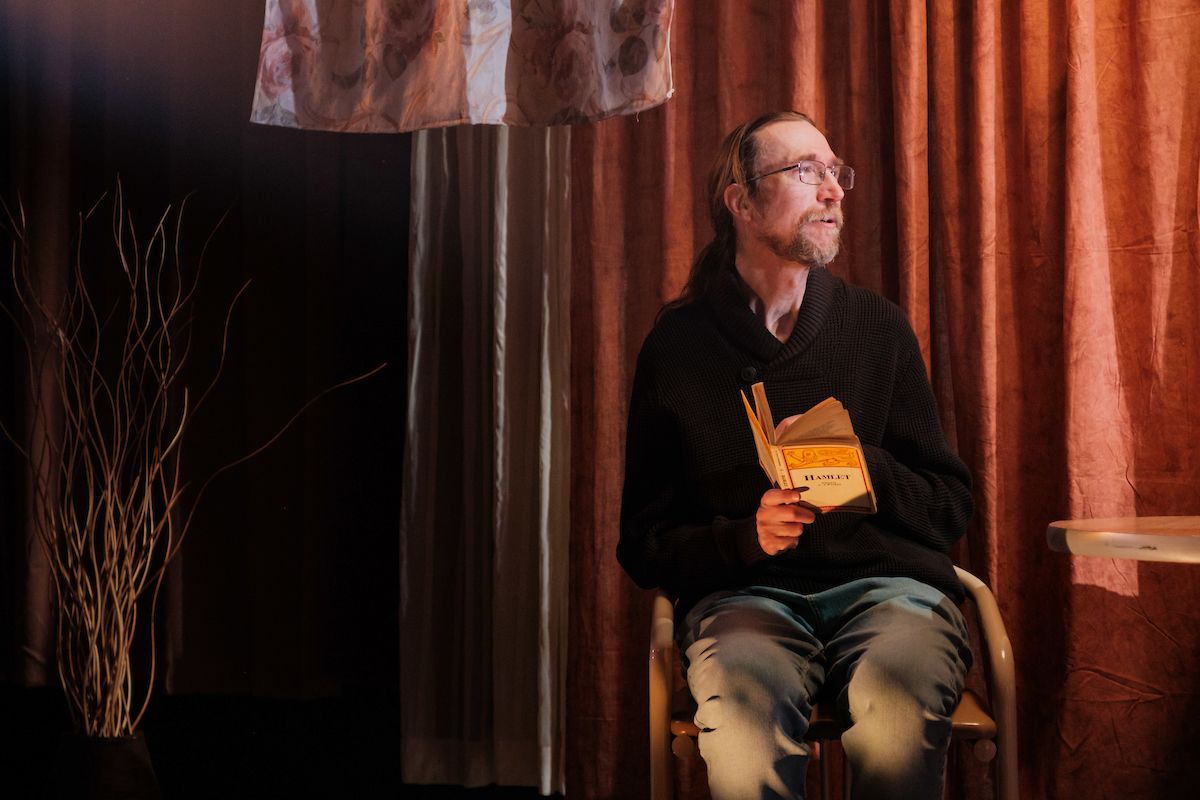
Would you like to see more stories like this?
Contact us at info@thepatternmakers.com.au or subscribe here to get updates straight to your inbox.
Acknowledgements
This resource is dedicated to CACD practitioners everywhere, working to address disadvantage and bring Australians together.
It has been created by research agency Patternmakers, with assistance from the Australian Government through Creative Australia, its principal arts investment and advisory body.
Thank you to the practitioners who participated in the creation of this resource and to the many partners involved in each of the projects profiled.
We respectfully acknowledge the traditional owners of the land: the first artists and storytellers. We recognise the contribution of the Aboriginal and Torres Strait Islander peoples of Australia, past, present and future.

